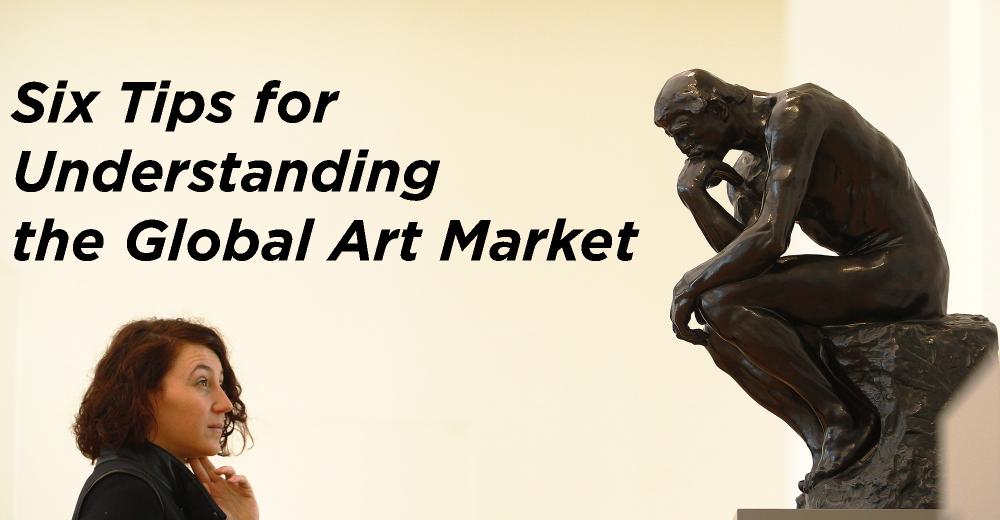1 7
1 7
The art market is one of the most esoteric and financially opaque in the world. In this environment, asset managers dealing with clients who buy, own or sell art need to know what disclosures to seek from auction houses, dealers and appraisers; and how to find and select qualified, reputable and experienced advisors.
Your client has art, rare wine, jewelry or furniture, and she asks you to sell it. How do you determine what it’s worth and how it should be sold? The short answer is, unless you have considerable experience in this area, you can’t. Art has no inherent value and is worth what someone will pay for it. To find out what the market is likely to offer and whether the art or property you have is valuable or not, you must engage the services of an appraiser (or more than one), to help you. How do they determine it? Here’s what an appraiser will be looking for in each artwork: authenticity, originality, quality, subject matter; size, medium, historical importance, provenance, taste and fashion; unique or in a series, condition, freshness to the market, and esthetic appeal. There are wide variables in each of these categories that can determine value. Make sure you and your client discuss each of these before consigning the work.
Everyone always wants to know if it’s a good time to sell art or not. Is it a good market? Are we in a bubble? Is it a down market? Should I wait? There are no reliable ways to time the art market any more than ways to time the securities or real estate markets. Value fluctuates in different segments of the market according to supply variables and macroeconomic factors as well as with fashion and taste. An art advisor can tell your client if his objects are in fashion or not and give him comparative market values in its class over time. The best time to sell art or property is USUALLY when your client needs the money or you’re required to liquidate assets for your clients.
The major auction houses compete aggressively to fill their periodic sales with important works of art and collections. Dealers also compete to obtain sales material in the secondary market. Guarantees of minimum auction results evolved as competitive tools to help the auction houses secure property for sale. Get competitive bids from auction houses and dealers. The bids include estimates of value, commissions and marketing promises. Each dealer or auction house has strengths and weaknesses in the marketplace, and it’s important to place each item with the right seller. There are risks and benefits to every sales method that must be evaluated. If you’re unsure how to do this, hire an art advisor to walk you through the process to ensure transparency get your client the best deal.
There are multiple layers to selling art, property and collectibles, and opportunities for profit or loss at each step of the transaction process:
- obtaining appraisals
- soliciting and evaluating competing sale plans
- conducting negotiations with selling agents to obtain the most favorable commission terms
- marketing and promotion programs
- negotiating contracts with the appraiser and selling agent
- supervising all aspects of the physical process of transporting and insuring works of art from their current locations to the selling venues
- ensuring that all promises by the selling agent are kept
- advising on and resolving issues that invariably arise during the process, including conservation and preservation issues
- supervising the financial settlements once property is sold.
It’s a complex and sometimes confusing (not to mention highly secretive and competitive) process, so you must watch and negotiate carefully at every step.
How do you know an advisor is the right one for your client’s needs? Look for someone who has relevant experience just as you would in selecting an investment advisor. Ask whether the advisor has actually worked in the art market in an auction house or for a dealer. Ask for references from clients of the advisor. Ask for examples of relevant transactions they have negotiated. Make sure that the advisor’s fee structure is reasonable and transparent.

